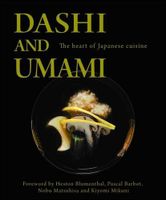Advertisement
Japan’s most famous alcoholic beverage is becoming more and more popular in the West and elsewhere around the world, but perhaps what is less well-known is the role of umami in its success. As with shoyu and miso production, the mould aspergillus oryzae, is used to kick-start the process whereby the starch in steamed rice is broken down into sugar, and then fermented to give alcohol and carbon dioxide. As well as sugar, amino acids are also released during the fermentation process, giving the sake a varying degree of umami taste, dependent on the variety of sake. This fact is often cited to explain why, unlike some other alcoholic drinks, sake is an ideal partner to food. The umami in the sake combines well with umami and other tastes in food to create an overall pleasing effect on the palate.

